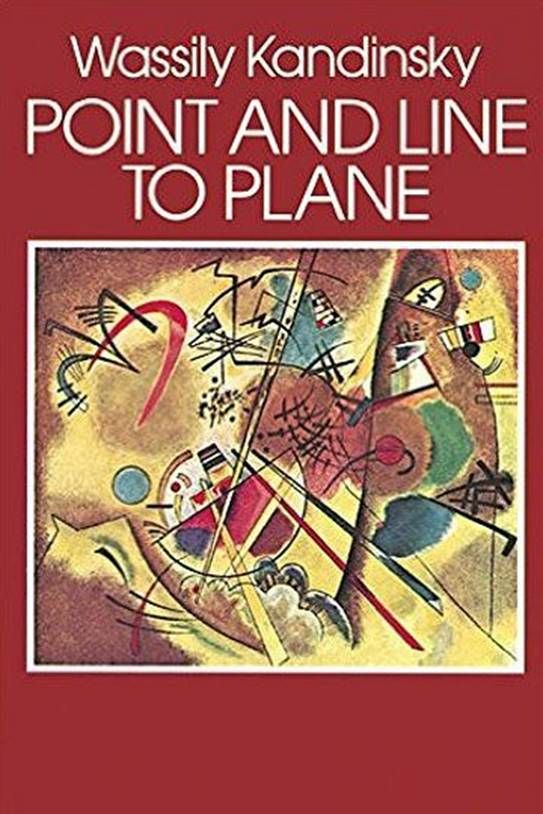
External – internal. Any phenomenon can be experienced in two ways. These two methods are not arbitrary, but are connected with the phenomena themselves – they proceed from the nature of the phenomenon, from the two properties of the same: the External – the Inner. The street can be seen through the window glass, while its sounds are weakened, its movements turn into phantoms, and it itself through a transparent but solid and solid glass appears to be a detached phenomenon, pulsating in the “otherworldly”.
Or the door opens: from the fence you go outside, you immerse yourself in this phenomenon, actively act in it and experience this pulsation in its entirety. Changing in this process gradations of tone and frequency of sounds entwine a person, swirl in a vortex and, suddenly weakening, languidly fall off. The movements also wrap around the person in the same way – a game of horizontal, vertical strokes and lines that are directed in motion in different directions, condensing and decaying color spots, sounding high or low.
The work of art is reflected on the surface of consciousness. It lies “beyond” and with a loss of attraction [to it] disappears without a trace from the surface. And here, too, there is a kind of transparent, but strong and solid glass, which makes it impossible for a direct internal connection. And here there is an opportunity to enter the work, to act actively in it and to experience its pulsation in its entirety.
 Point et ligne dans l’avion – Vasily Kandinsky
Point et ligne dans l’avion – Vasily Kandinsky Composition VI by Vasily Kandinsky
Composition VI by Vasily Kandinsky Red Square by Vasily Kandinsky
Red Square by Vasily Kandinsky Composition IV by Vasily Kandinsky
Composition IV by Vasily Kandinsky Improvisation by Vasily Kandinsky
Improvisation by Vasily Kandinsky Several Circles by Vasily Kandinsky
Several Circles by Vasily Kandinsky The Blue Horseman by Vasily Kandinsky
The Blue Horseman by Vasily Kandinsky The first abstract watercolor by Vasily Kandinsky
The first abstract watercolor by Vasily Kandinsky